With the Easter weekend upon us here are 14 egg-mazing facts from the African savanna. From the care shown by some reptiles and birds of their own eggs to how different birds and mammals use tools to break open eggs for food. Main image by Rod Warrington
1. Five female ostriches may lay their eggs in one scrape (nest) but only the major female incubates them. Being able to recognise her own eggs she ensures that they are in the centre. The rest will be moved to the side with many not be incubated. Image by David Bygott
© David Bygott
2. A Nile crocodile’s sides can expand to allow it to breathe and to make room when it is carrying eggs.
3. An ostrich egg is white and glossy to stop them from overheating in the sun when they are not being incubated. Image by Migdus
© Migdus
4. Because ostriches lack an egg tooth they have to rely on muscular spasms to break from their shells, this can take 9 hours. During this process they ingest part of the yolk sac which sustains them over the first 24 hours of life outside of the shell.
5. Dwarf mongooses will break eggs by throwing them backwards through their legs at hard objects.
6. Egyptian vultures use rocks to break open ostrich eggs. Image by Maurice Koop
© Maurice Koop
7. It is only the female mosquito that bites. She does so for the protein in the blood which is required for the development of her eggs. For nourishment both the male and female feed on nectar and fruit juices.
8. Saddle-billed storks sometimes regurgitate up to 1 to 2 litres of water over the nest and eggs.
9. Some species of centipede demonstrate parental care. Laying 20 to 60 eggs in an underground burrow she will then proceed to wrap her body around the eggs for up to 2 months until they hatch.
10. Some species of true toad can produce up to 25,000 eggs.
11. The female African rock python demonstrates parental care which is very rare in reptiles. She coils around her eggs to offer them protection and warmth during the 6 to 8 week incubation. During this period she will bask in the sun and then return to transfer warmth to the eggs.
12. The female Nile crocodile will be alerted to her hatching eggs by high pitched chirps. On hearing this she will excavate the eggs and transport the hatchlings in her mouth to the water where she will stand guard.
13. Tortoises will chew on bones and eat hyena scat for their calcium content. This is required for shell development and egg formation.
14. When foam-nest tree frogs mate the females produce an oviduct secretion. This is then whipped up with her and the attending male’s hind legs to create a froth in which the eggs are laid and fertilised. The froth dries with a meringue-like crust to protect the eggs.


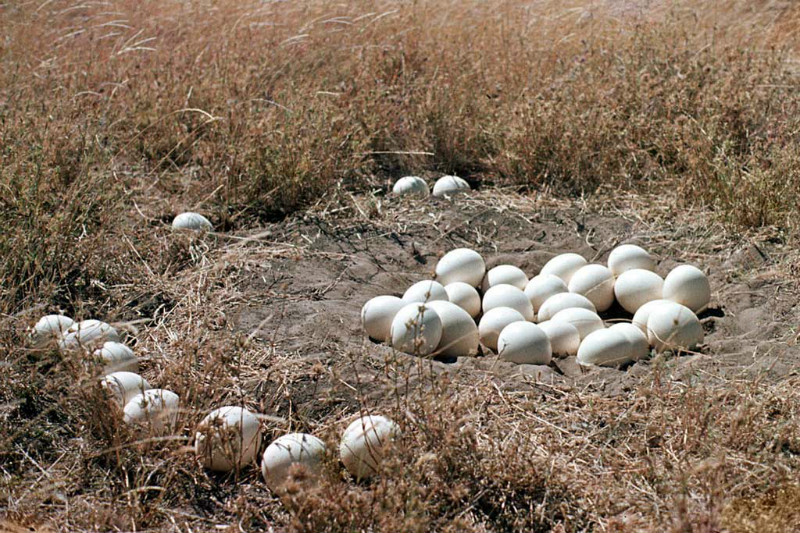
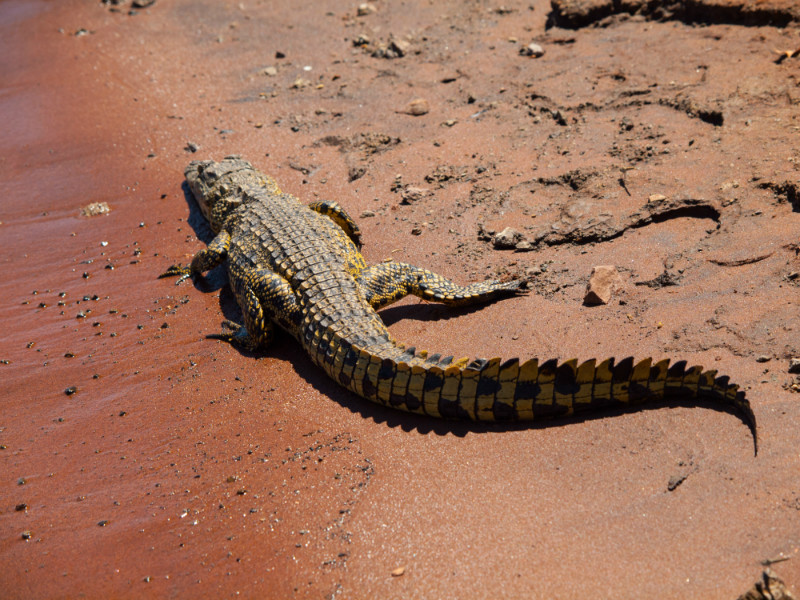
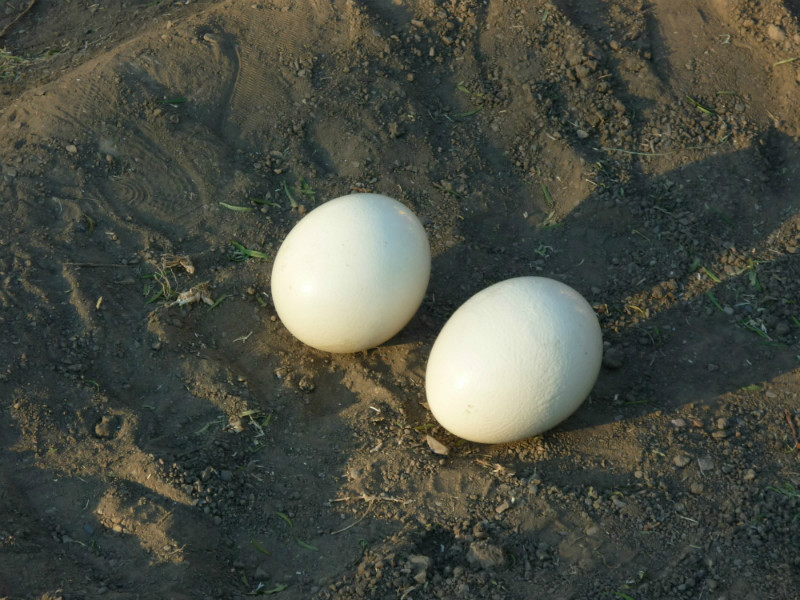



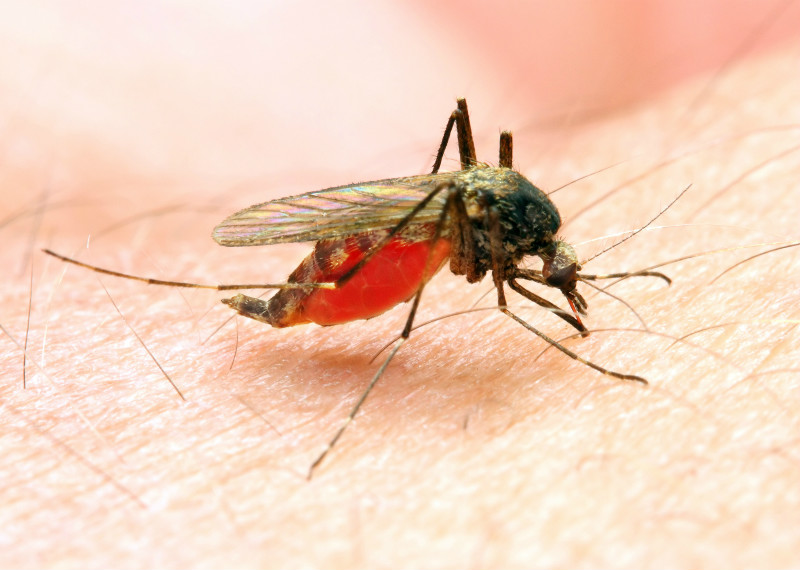
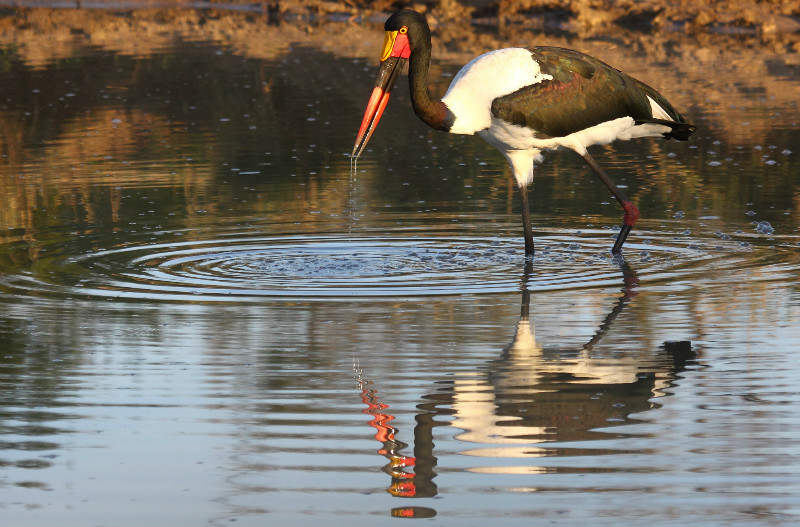
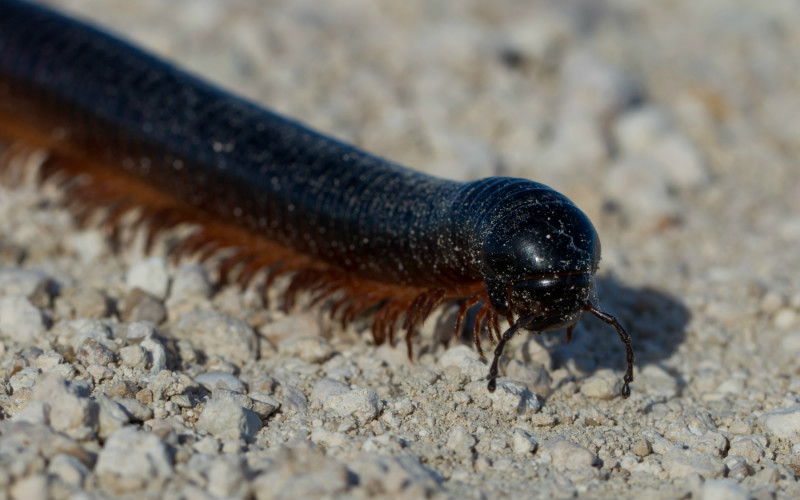
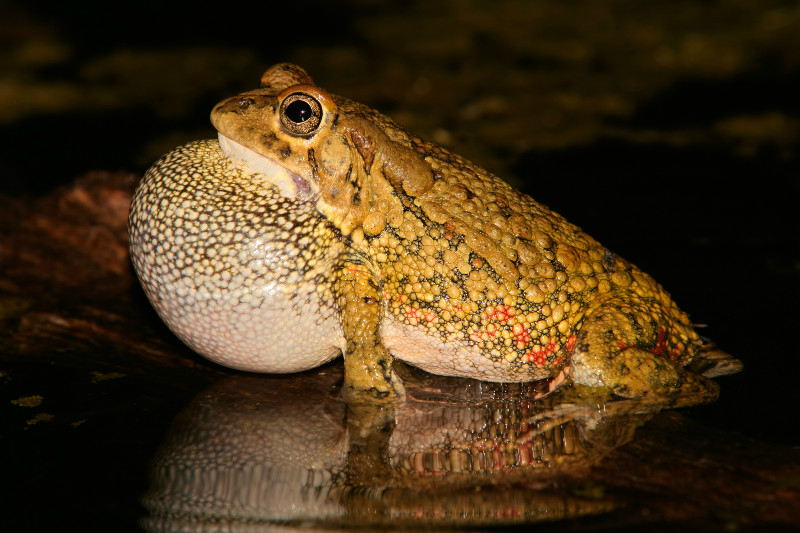

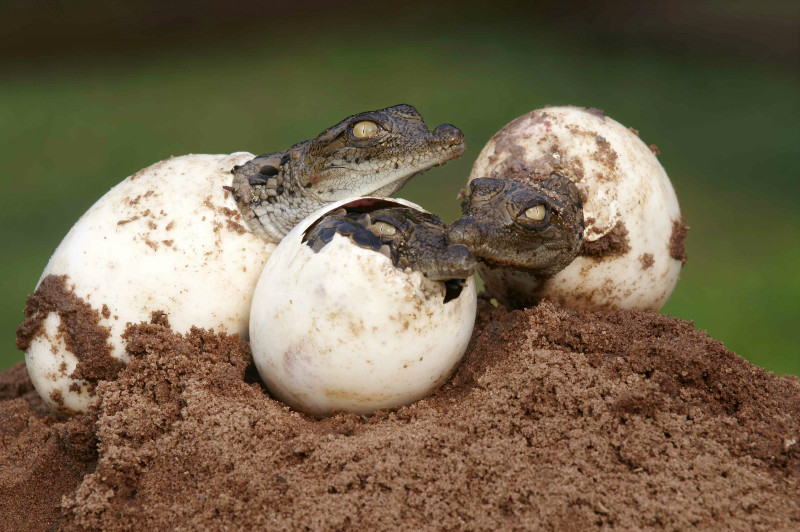
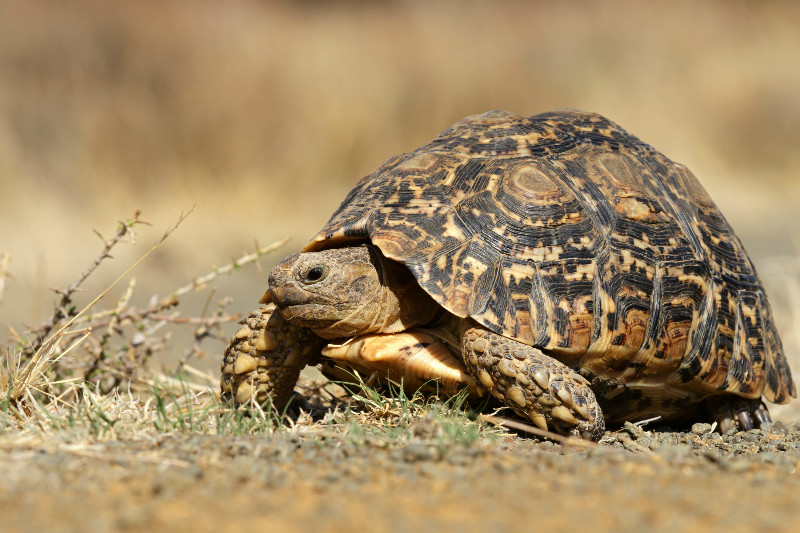
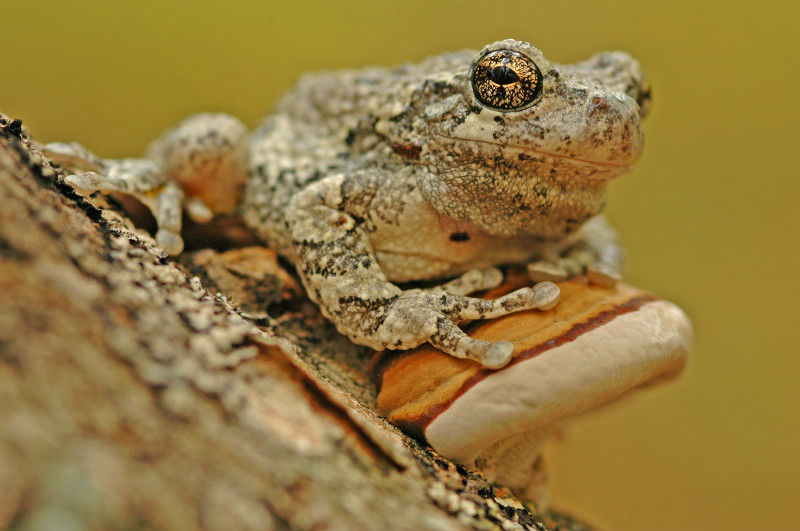
 Previous Post
Previous Post
